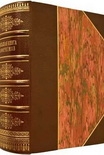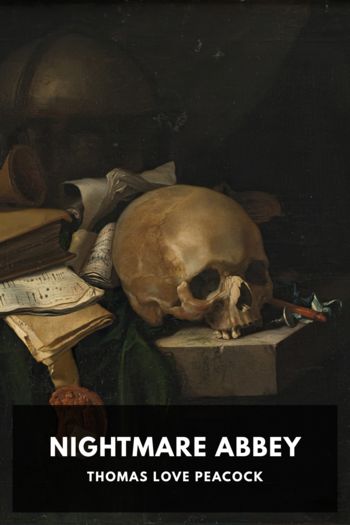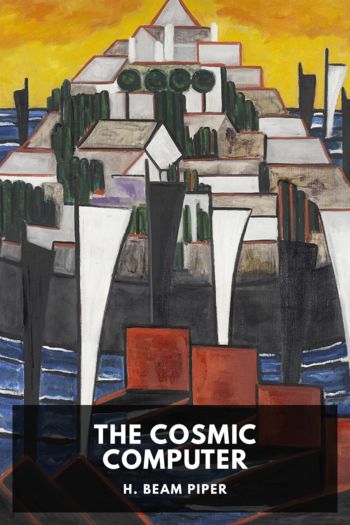Gluck, Diana Souhami [good novels to read in english txt] 📗

- Author: Diana Souhami
Book online «Gluck, Diana Souhami [good novels to read in english txt] 📗». Author Diana Souhami
By April 1943 Gluck seemed thoroughly depressed and discordant. With ever-changing help in the house and her smallholding now sizeable, she had to do more chores herself. On Good Friday she parted with Zar with whom she clearly was not coping: ‘Very upsetting day. Zar’s last day. Very unhappy. Did not work. Difficult day.’ she recorded. A fortnight later the kennels phoned to say that he was ill and should be destroyed. ‘Zar put to sleep’ was her diary entry for 7 June 1943. The settled life he was supposed to symbolize and be part of had never come about.
She completed work, in a sporadic way, on ‘Jerusalem’, ‘Pleiades’, two small landscapes and a triptych for the Sussex Council of Churches. In connection with her work for the Council, she made several trips to Steyning to see the Chairman, Bertram Nicholls. On those trips she visited the Heald sisters at the Chantry House. She lunched with them, sometimes stayed overnight and met their friends, the fashion editor, Alison Settle, the writer and editor of the London Mercury, Rolfe Scott-James and his wife Violet. Nora Heald, then in her early sixties, was editor of The Lady and stayed most of the week in London in a flat above the offices. Edith worked from home. She was fifty-eight, ten years older than Gluck, when they met in 1943. A friendship started, shaped by mutual need. Edith had had a close relationship with the poet W. B. Yeats and was desolate when he died in 1939. She and Gluck looked at books, listened to music, visited Chichester Cathedral and then Edith stayed at Millers Mead. They walked in the woods and Gluck missed her when she left. It was respite from her desperation over Nesta. She saw Nesta on Christmas Eve 1943, the atmosphere was sad and she went to the Chantry House for the holiday – the first time in eight years that she had spent Christmas apart from her ‘darling wife’.
Gluck held an exhibition of her paintings in Steyning Grammar School in February 1944. Edith helped her set it up, and they had lunch and tea together and looked at books on Rembrandt. Edith was sympathetic to her unhappiness and arranged distractions. They went to Brighton for a week and stayed at the Beauport Park Hotel. Gluck bought a Redouté watercolour of pansies and they had tea in the Pavilion. They visited Winchester and Rye, Hastings and Battle. Nesta phoned Gluck in her hotel room most nights.
On a sunny weekend in May, when Nora was away, Gluck stayed at the Chantry House alone with Edith. They read in the garden and in the evening danced. Gluck began a portrait of her, of which there is now no trace. She struggled with it for weeks, scraping out the face and beginning again and again. Edith made frequent trips to the Millers Mead studio for sittings and they sat up late talking and listening to the gramophone. Clifford Musgrave, Director of the Brighton Art Gallery, was impressed by the picture: ‘It is very true and has an inner life of its own, the sort of phantasmal quality of some Chinese paintings. What a task it must have been building up the surface!’3 He asked Gluck to exhibit her paintings in the Gallery’s autumn exhibition.
Gluck took to spending most days and nights at the Chantry House. Edith’s war contribution was to serve as a fire warden in Steyning and Gluck started another painting of her at work in the makeshift office, dozing over a book at 1.30 a.m. They had quiet, consoling times together. On the last Saturday of June 1944 both Nora and Edith stayed at Millers Mead and asked Gluck if she would like to come and live with them and paint in one of the cottages on the estate. Gluck sat alone from midnight until three in the morning pondering the invitation and the next day said yes. The following week Edith invited her to go on holiday to Lyme in Dorset in August with her to meet her friends Edmund Dulac and Helen Beauclerck. Nesta was jealous and distraught. ‘N arrives at 5.10 pm has tea with me. Offers* but I say no.’ In tears about it all, Nesta went alone for a day to Newhaven, to walk by the sea. When Nora and Edith came the next day to stay at Millers Mead, Nesta rode up on her motorbike after midnight, put notes under the door for Edith and Gluck, and phoned in the small hours of the morning.
There were scenes and there were tears. ‘I am very nervy and cannot decide about going to Steyning’ Gluck noted in her diary, weeks after having said she would go. She told Nesta all she felt. Nesta took off her ‘wedding’ ring, then later put it on again. On the day before Gluck left for Dorset with Edith, she and Nesta had a ‘pretend’ birthday – Gluck would be forty-nine on her holiday.
The problem was of course that she was in love with Nesta and it was an unshakeable fact. The holiday was not an unqualified success. Edith caught a cold, Gluck had a fainting turn and headaches and got a boil in her ear. All she noted of Dulac was when he had a headache and when at dinner he made a perfectly shaped duck from a pellet of bread. He did, though, draw up Gluck’s horoscope. Like Yeats he was interested in things occult, though his analysis of her work seems to have more to do with simple opinion than the stars:
… The Flower pieces are herself at her best – her happiest, most detached mood. Neither passion nor protest intervene directly.
The portraits come next. Her sitters have some of the objective values of flowers for pattern making but the externals of dress, likeness etc, impose themselves upon subjective direction and control.… The landscapes represent the Romantic escape. The arrangements are 90% subjective … Composition and design





Comments (0)